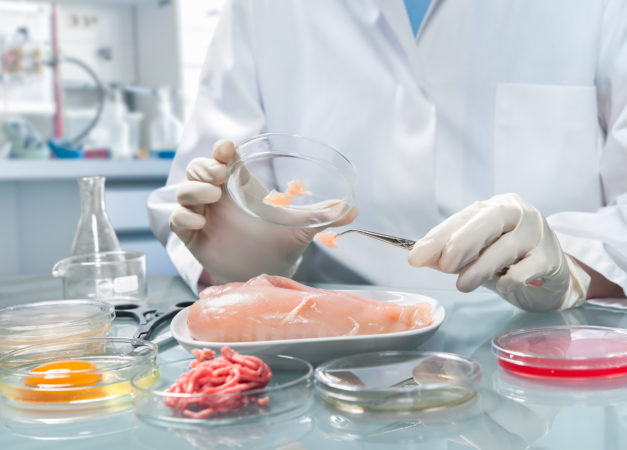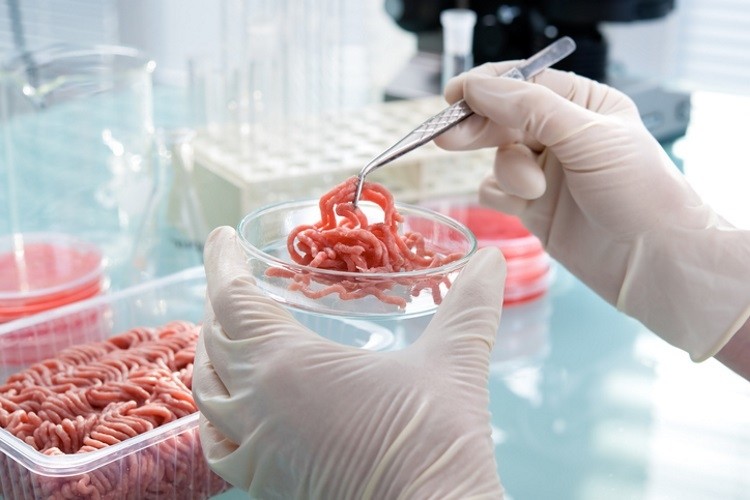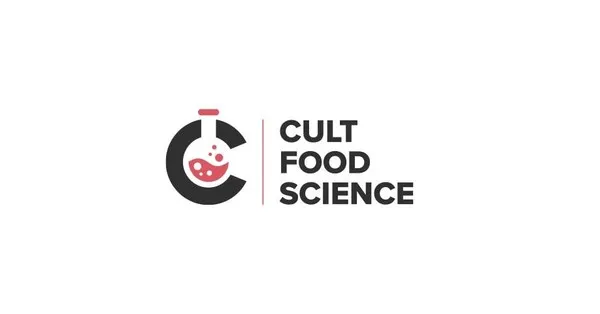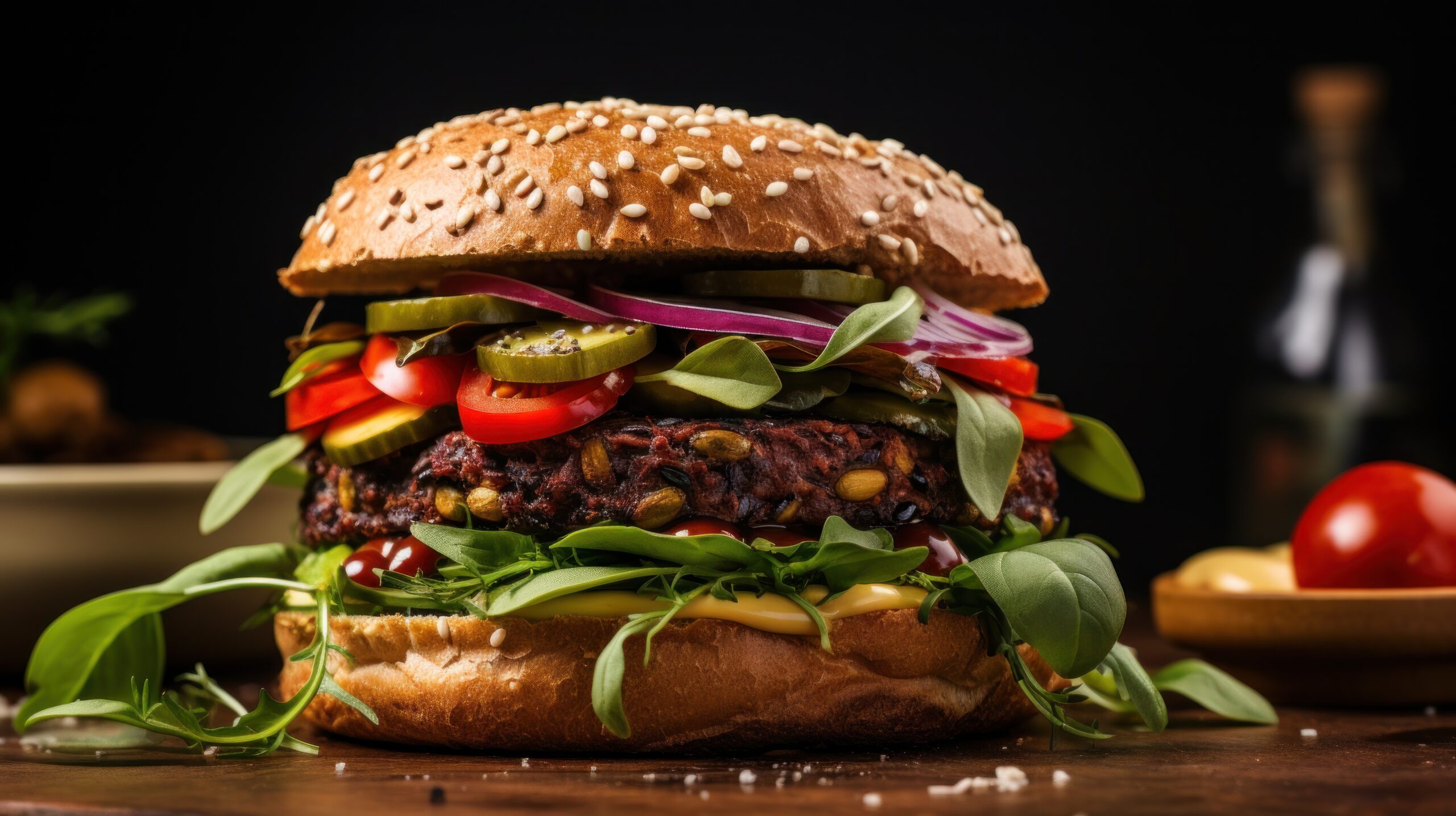Ivana Pajčin 1,†, Teodora Knežić 2,†, Ivana Savic Azoulay 3, Vanja Vlajkov 1, Mila Djisalov 2, Ljiljana Janjušević 2, Jovana Grahovac 1 and Ivana Gadjanski 2,*
1 Department of Biotechnology and Pharmaceutical Engineering, Faculty of Technology Novi Sad, University of Novi Sad, Bulevar cara Lazara 1, 21000 Novi Sad, Serbia
2 Center for Biosystems, BioSense Institute, University of Novi Sad, Dr Zorana Djindjica 1, 21000 Novi Sad, Serbia
3 Department of Human Molecular Genetics and Biochemistry, Sackler Faculty of Medicine, Tel Aviv University, Tel Aviv 69978, Israel
* Author to whom correspondence should be addressed.
† These authors contributed equally to this work.
(This article belongs to the Special Issue Sensors, Devices, and Systems for Future Food Production and Packaging)
Abstract
Cultured meat (also referred to as cultivated meat or cell-based meat)—CM—is fabricated through the process of cellular agriculture (CA), which entails the application of bioengineering, i.e., tissue engineering (TE) principles to the production of food. The main TE principles include the usage of cells, grown in a controlled environment provided by bioreactors and cultivation media supplemented with growth factors and other needed nutrients and signaling molecules and seeded onto the immobilization elements—microcarriers and scaffolds that provide the adhesion surfaces necessary for anchor-dependent cells and offer 3D organization for multiple cell types.

Theoretically, many solutions from regenerative medicine and biomedical engineering can be applied in CM-TE, i.e., CA. However, in practice, there are a number of specificities regarding the fabrication of a CM product that needs to fulfill not only the majority of functional criteria of muscle and fat TE, but also has to possess the sensory and nutritional qualities of a traditional food component, i.e., the meat it aims to replace.
This is the reason that bioengineering aimed at CM production needs to be regarded as a specific scientific discipline of a multidisciplinary nature, integrating principles from biomedical engineering as well as from food manufacturing, design, and development, i.e., food engineering. An important requirement is also the need to use as little as possible of animal-derived components in the whole CM bioprocess.

In this review, we aim to present the current knowledge on different bioengineering aspects, pertinent to different current scientific disciplines but all relevant for CM engineering, relevant for muscle TE, including different cell sources, bioreactor types, media requirements, bioprocess monitoring and kinetics and their modifications for use in CA, all in view of their potential for efficient CM bioprocess scale-up. We believe such a review will offer a good overview of different bioengineering strategies for CM production and will be useful to a range of interested stakeholders, from students just entering the CA field to experienced researchers looking for the latest innovations in the field.

** Click here to read the full article **









